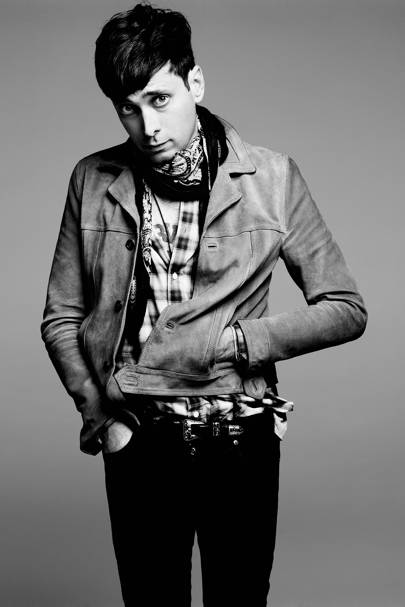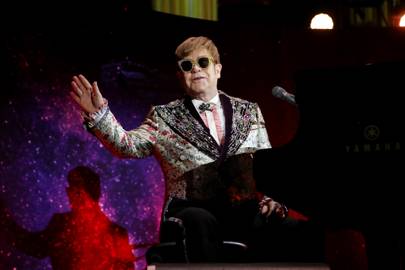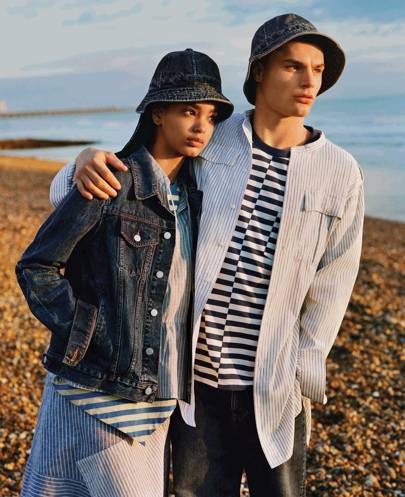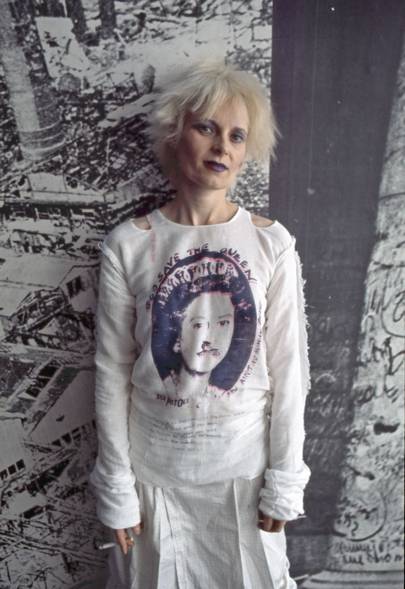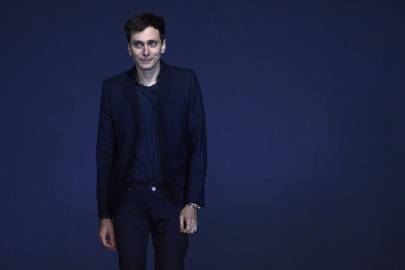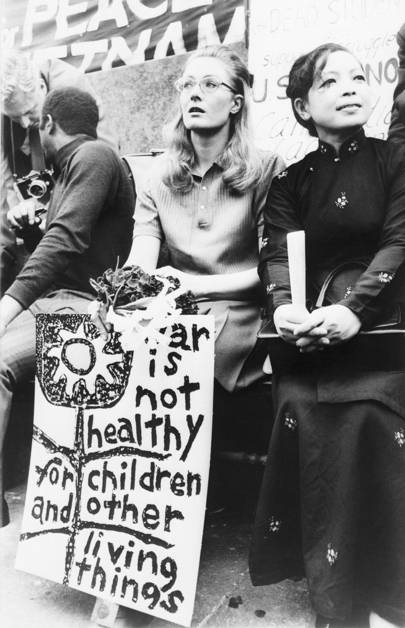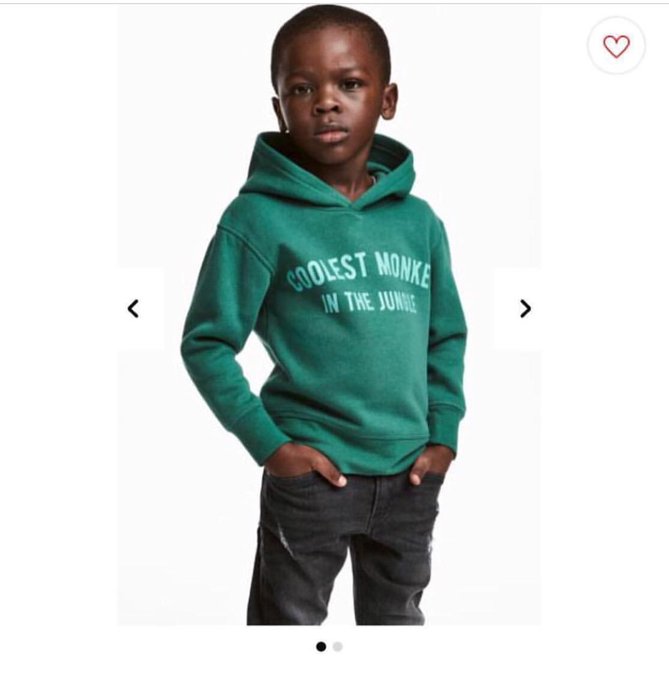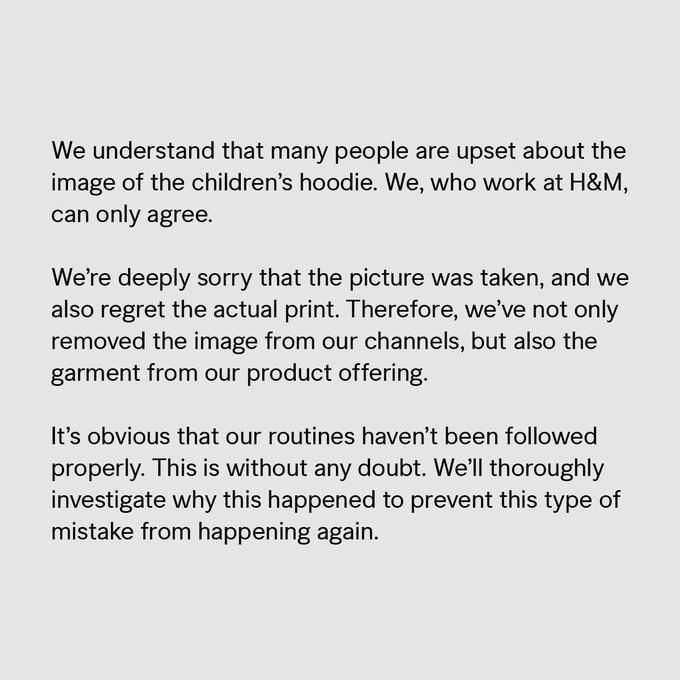R.I.P. “Who are you wearing?” At the 2018 Golden Globes, the hot potato was “Why black?”, as actresses clothed in inky hues sounded the death knell for E! Entertainment’s favourite red carpet question. As revolutions go, it was hardly Bloody Sunday, but it was still an impressive, symbolic show of solidarity with victims of sexual harassment as part of the Time’s Upmovement.
Of course there were pretty Golden Globes 2018 dresses and Colgate smiles for miles, plus E!s 360-degree Glambot – hey, Rome wasn’t built in a day. What was startling, however, was that those who had not adhered to the all-black dress code were in a tiny minority. Almost everyone had got the memo – including the men, who wore black shirts and Time’s Up pins.
How to make clothes mean more – more than just a successful reworking of a catwalk look, more than a marketing hit on the front of every website and newspaper, more than a six-figure endorsement deal – had been on people’s minds all week. It was approached in a three-pronged strategy by actresses keenly aware that pulling on an expensive black designer look and a frosting of diamonds is hardly Herculean in its political engagement, and that they needed a bloody good one-liner about why they had decided to do just that.
Strategy one: wear black, and bring an activist along for the ride. Eight pairs opted in on the night, beginning with Emma Watson, whose date was Marai Larasi, the executive director of Imkaan, which defines itself as “the only UK-based, second-tier women’s organisation dedicated to addressing violence against Black minoritised women and girls”. Ditto Meryl Streep, who was accompanied by Ai-jen Poo, the director of the National Domestic Workers Alliance, which works to empower and organise domestic workers in the US, most of whom are women. Michelle Williams invited Tarana Burke, the founder of the #MeToo movement, to walk the red carpet with her, while Susan Sarandon brought Rosa Clemente, an activist, journalist and grassroots community organiser.
Laura Dern invited Mónica Ramírez, who fights for farm workers and immigrant rights and Shailene Woodley took Calina Lawrence, an advocate for Native Treaty rights and a member of the Suqamish Tribe. Emma Stone, naturally, was accompanied by Billie Jean King, the American former world number one tennis player, whom she played in Battle Of The Sexes, the role for which she was nominated for the best actress award. As for Amy Poehler? She walked with activist Saru Jayaraman, an Indian-American attorney and a leader in the food labour movement.

Pairing of a different sort comprised strategy two: wear black, and wear trousers. Allison Brie summed up the sentiment, in a pair of slim cigarettes under her classic puff-ball Vassilis Zoulias dress: “Tonight is about women wearing the pants, so I chose to literally wear the pants.” She was joined by Debra Messing, whose black trouser-and-heavily-embellished-tunic Christian Siriano combo was accompanied by a stinging rebuke to E! over wage equality: “I was so shocked to hear that E! doesn’t believe in paying their female co-hosts the same as their male co-hosts. I miss Catt Sadler,” she said, referring to the former host who left the network in December alleging that her male co-host was paid twice as much as her. Laurie Metcalf, Christina Hendricks and Maggie Gyllenhaal went the same way as Brie, opting for structured tunics or corsets over sharp trousers. Others went for understated trouser suits: Claire Foy looked sensational in Stella McCartney, as did Sarandon in Saint Laurent, and Ryan Michelle Bathe in a snappy tuxedo.
Strategy three was to simply wear a knock-out black dress. Some went for elegant strapless columns – Zoë Kravitz, Allison Williams, Kerry Washington, Emilia Clarke – and others went asymmetric: Reese Witherspoon, Mary J Blige, Tracee Ellis Ross, Gillian Anderson. Crystal embellishment and lace were employed by Nicole Kidman, Isabelle Huppert, and Catherine Zeta Jones, though bombastic ball gowns were scarce – frivolity and fantasy was in danger of looking like a trivial interpretation of red-carpet activism, though Gwendoline Christie went all out in kick-ass Giles Deacon, and looked suitably incendiary.
Common to all was that peculiarly American sense of “owning it”. Fashion was not exiled from the red carpet, make no mistake, even if its designers weren’t namechecked front and centre. Rather, Hollywood’s women chose to make their clothing a signal flare rather than the basis for a hollow press release. Such an overwhelmingly co-ordinated response put the pervasive nature of gender inequality before froth, fantasia and designer clothing tags.
Will it prove an empty gesture? Only if it isn’t followed up at the Oscars. “We feel emboldened in this moment to stand together in a thick black line dividing then from now,” said Meryl Streep, in one of the most eloquent sound-bites of the night. Will the line be red at the Oscars? Will it be trouser-suited? Should it be make-up and high-heel free? Or should it be gloriously uncompromising in its splendour? The red carpet is dead. Long live the red carpet.
For more on Hollywood’s new era, pick up a copy of Vogue’s February issue, featuring this year’s stars whose roles embody cinema’s new mood in “Best Performances”, co-produced with W magazine, and on newsstands now.
